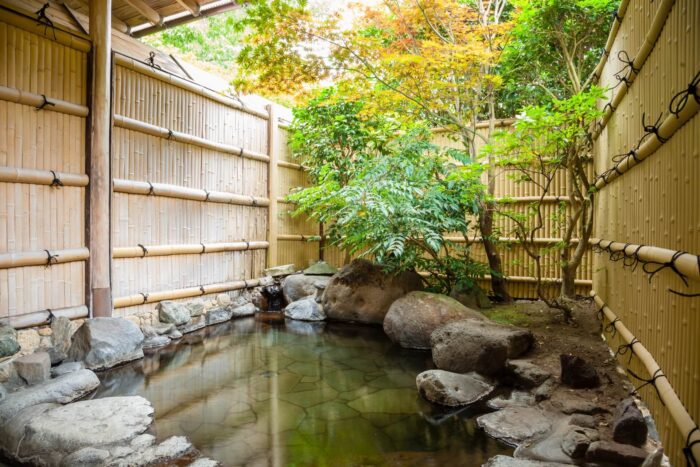
Last Updated: 31 Oct 2025 19. Out of the Blue【Column: Leap Before You Look】
I just touched upon the color white in my previous article. Today, I’d like to talk about the color blue. In the 可視光スペクトル (visible light spectrum), green is followed by blue. But from what point you call it blue instead of green seems to be different in different cultures. We Japanese use the word “blue” often in place of “green” in many cases.
For example, “the grass is always greener on the other side of the fence.” We have the same expression in Japanese, but we call it “blue” instead of “green” – 隣の芝生は青い (tonari no shibafu wa aoi), which literally means “the grass next door is blue.”
In the US, the traffic signals are, Red (stop) – Yellow (step on it) – Green (go). Oh, did I get that wrong? Yellow doesn’t mean “step on it” but “stop unless unable to do so safely”? Sorry about that. What I wanted to say was, in Japan, they are Red – Yellow – Blue. I had a 慣れるのに苦労した (hard time adjusting) to this when I first moved to the US. When the light turned from red to green, I would say “青です (it’s blue)” instead of “緑です (it’s green)” and people would give me a strange look as if they were asking “What is she talking about?”
Being young is associated with the color green in the US. “You’re still green” means you have a lot to learn. But in Japan, the color of choice for such occasions is blue – “You’re still blue.” 延長線上で (By extension), fruit that has not yet ripened is green in the US but blue in Japan. An unripe banana is green in the US but blue in Japan.
When you’re really young, like just-born-yesterday young, you have a 尻が青い (blue butt) in Japan. That is referring to a 蒙古斑 (Mongolian spot – blue or greyish birthmark) on お尻 (behind), which many Japanese babies have.
If jealousy is a green-eyed monster, there’s no Japanese who suffers that emotion because there’s practically no Japanese with green eyes. There is a Japanese proverb “青は藍より出でて藍より青し (Blue is out of indigo but bluer than indigo)” that is used to describe when an apprentice is surpassing and outshining a master.
Studying the blurry line between green and blue can be an interesting 文化的探究 (cultural exploration). I wonder how the rest of the world operates with regard to what I have been describing. To learn this, a deeper cross-cultural understanding is obviously required, and 残念ながら (I’m afraid) I am too blue/green for such a task.
Related articles
The culture component and why it matters in management
Let me start with what might at first appear to be a personal story unrelated to cross-cultural mana
21. Shower, Bath & Beyond【Column: Leap Before You Look】
The 26th of every month is designated as a “風呂の日 (furo day, or bath day)” in Japan. This comes
20. Cultured Culture【Column: Leap Before You Look】
When I was a young girl, my mom was ハマる (hooked on) コンブチャ (Kombucha) for a short period of time.&nbs




